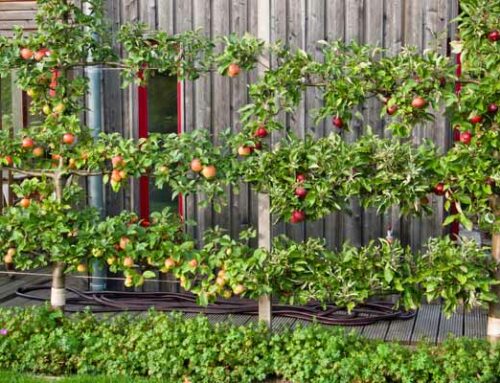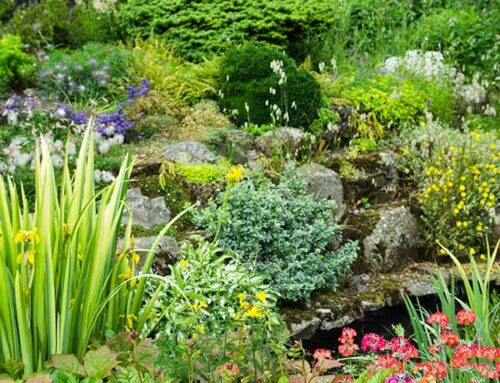Handy Tips For Preparing The Garden For Winter
Temperatures are dropping, leaves are falling fast and the nights are drawing in – winter is on its way. You might be tempted to admit defeat and abandon your garden until spring but preparing the garden for winter by following these simple steps, means your garden can still look good in the depths of the cold season and you won’t have to start from scratch in spring.
Did you know that planting in the autumn/winter ensures that a bigger, more robust plant will grow and it also lives and flowers for longer? Growth above soil level may stop as the cold creeps in, but root-growth continues.
Plant Evergreens
Evergreens form the backbone of any garden, providing structure and a full backdrop, especially in those winter months when more delicate flowering plants have gone to sleep. With warm soil and cooler conditions, autumn is the perfect time to fill those gaps in your borders.
When planting a new plant, a rule of thumb is to try to always dig a hole that is about a third larger than the container the plant arrived in. Mix the dug up soil with an equal amount of good quality compost before filling the hole back in.
Ensure the plant roots are thoroughly wet and that the root-ball is aligned with the existing soil level. Make sure that you have heeled in the soil to avoid any pockets of air being trapped; this will give the plant stability in heavy winds. If you have just planted a tree it is best to stake it until it is settled.
Mulching
After planting Paramount Plants recommend that you mulch the bed with Mulch or Mix. Mulch is a mixture of composted bark, leaf mould, manure and fenland soil. This is a good habit to get into as this will increase the moisture levels in the soil and prevent the soil above the plant from drying out in windy and dry conditions.
Mulching thoroughly over the beds, preparing the garden for winter, will also assist with keeping weeds supressed. The goodness from his mulch will be dragged down into the soil by worms and this will enrich the entire bed throughout the colder months.
Feeding
Feeding with a liquid or granular feed during the growing months (April to September) is recommended at least four times a year. Plants which like acid soil such as Azaleas, Magnolias, Camellias and Rhododendrons need a regular ericaceous feed to encourage their flowers and to keep their leaves green. Feeding your plants is an essential ingredient of preparing your garden for winter.
Watering
Watering is not necessary in the coldest months of the year. Once the weather warms up in spring then watering may sound like a simple job but it is something that is not always effectively carried out in the garden. The water needs to reach the roots of the plant so just after planting soak the plant in the ground – if the water sits around the base of the plant you may need to gently use a garden fork to create a few holes at the top of the planting area which will allow the water to seep through to the roots easier. Check plants regularly during the growing months particularly from April through to September when the weather gets colder and plants go dormant. The first 18 months of planting are crucial to the establishment of the root system.
Making Leaf Mould
Leaf mould adds structure and organic matter to your soil. Most leaves from deciduous trees and shrubs will rot down to make lovely leaf compost in a couple of years, although some leaves will take longer than others. Shredding the leaves first will help to speed things up. Evergreens are best shredded and added to the compost heap as they are very slow to decompose. Once your leaf mould is ready and well rotted down, you can use this for mulching to prepare your garden for winter.
For more garden tips for autumn, read Why Autumn is Best for Planting.
Visit our website to buy plants online and have them delivered to your door.





